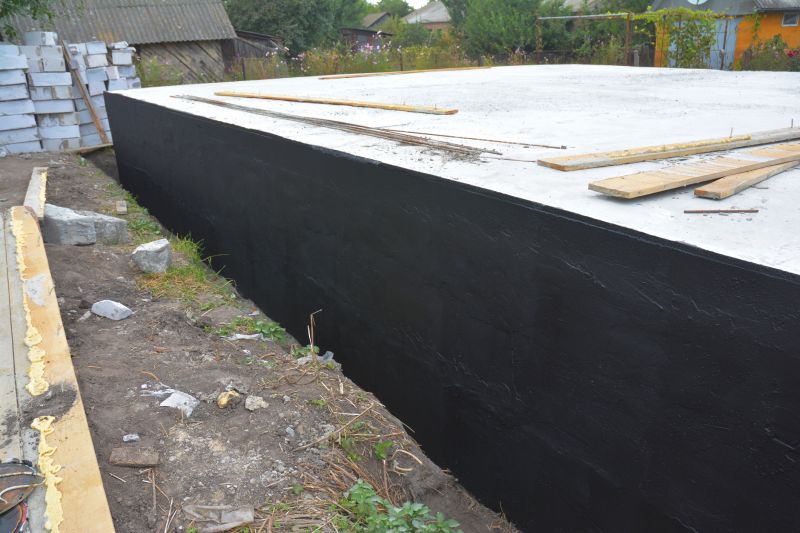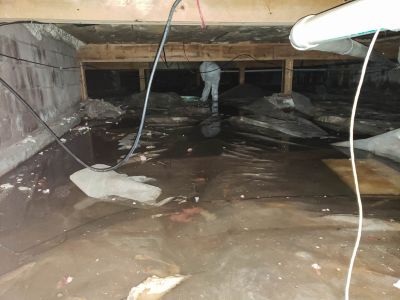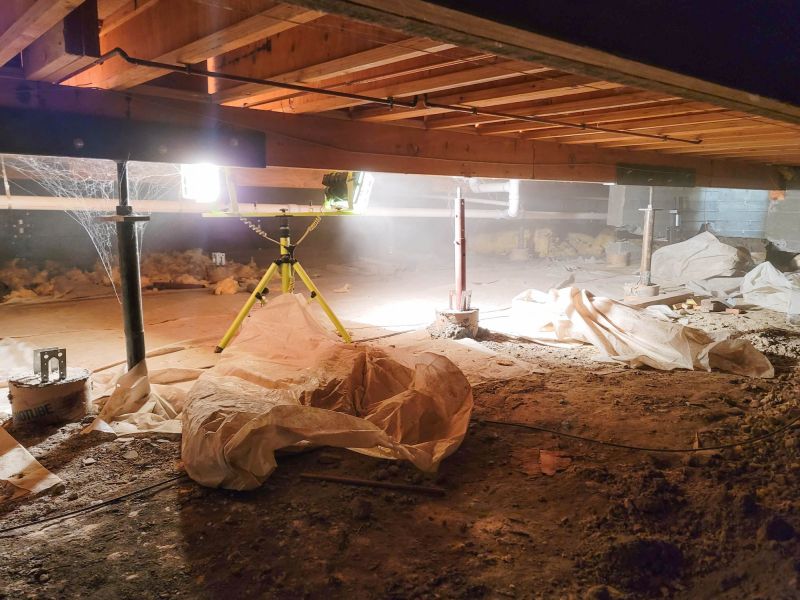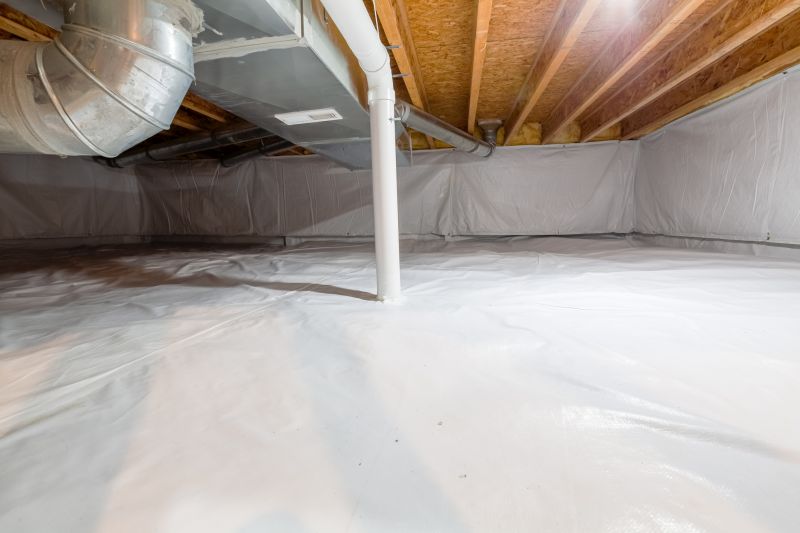Crawlspace Insulation and Vapor Barrier Setup
Crawlspace encapsulation offers a comprehensive solution to moisture, mold, and structural issues in homes. Proper sealing and insulation of the crawlspace can significantly improve indoor air quality, reduce energy costs, and protect the foundation from damage. Without encapsulation, homeowners face increased risks of mold growth, pest infestations, and structural deterioration, which can lead to costly repairs and health concerns.
Encapsulation helps control humidity, prevents mold growth, and enhances energy efficiency. Studies show that properly sealed crawlspaces can lower energy bills by up to 15%, saving homeowners money annually.
Unsealed crawlspaces are prone to moisture buildup, mold, and pest infestations. These issues can compromise structural integrity and lead to health problems due to poor air quality.
A typical encapsulation includes vapor barriers, insulation, sealing of vents, and dehumidification systems. These elements work together to create a dry, conditioned environment beneath the home.




Statistics indicate that homes with encapsulated crawlspaces experience fewer mold-related issues and lower energy costs. Encapsulation can also extend the lifespan of the foundation by preventing moisture-related damage. Not addressing crawlspace moisture can lead to structural weakening, pest problems, and increased health risks from mold and allergens.
| Issue | Impact |
|---|---|
| Moisture buildup | Leads to mold growth and wood rot |
| Mold presence | Causes respiratory issues and allergies |
| Pest infestations | Damages insulation and structural components |
| Energy loss | Increases heating and cooling expenses |
| Structural deterioration | Compromises foundation stability |
| Poor indoor air quality | Affects health and comfort |
| Increased repair costs | Results from unchecked moisture and mold |
| Reduced home value | Due to visible damage and mold |

